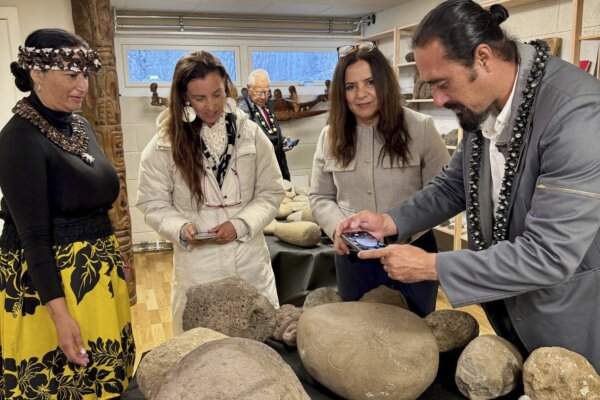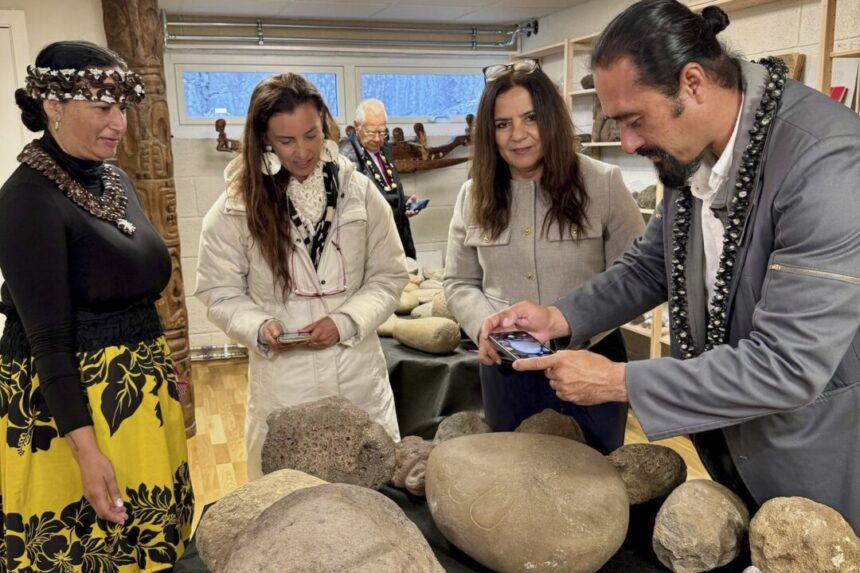
The Kon-Tiki Museum in Oslo, Norway, is returning artifacts taken by Norwegian explorer Thor Heyerdahl to Chile’s Easter Island in the mid-Pacific. Heyerdahl sailed on a log raft named Kon-Tiki from Peru to Polynesia in 1947 to prove his theory that the South Sea Islands were settled by seafarers from South America. He brought back 5,600 objects from Easter Island, also known as Rapa Nui, which are now being returned for the third time.
The collaboration between the museum, Chile, and Rapa Nui’s local authorities has made this return possible. Liv Heyerdahl, the explorer’s granddaughter and head of the museum, expressed pride in the achievement, stating that the objects were brought to Norway with a promise of eventual return. Human remains and sculpted stones are among the items being returned this time.
A delegation from Rapa Nui traveled to Norway to collect the artifacts, with the process being deemed important by Liv Heyerdahl to involve those who own the culture. An agreement was signed in 2019 during a visit by Norway’s King Harald, but the COVID-19 pandemic delayed activities in 2020. Rapa Nui, famous for its moai statues carved by the Rapanui people, was declared a UNESCO World Heritage Site in 1995 and officially renamed “Rapa Nui-Easter Island” in 2019.
Thor Heyerdahl’s voyage has been immortalized in a bestselling book and an Academy Award-winning documentary film. Easter Island, formed by volcanic eruptions over 750,000 years ago, remains one of the world’s most isolated inhabited islands, located 2,300 miles from South America.





